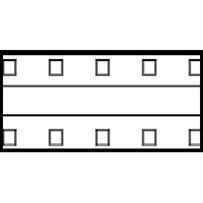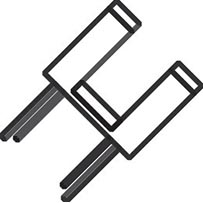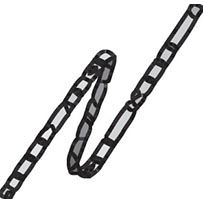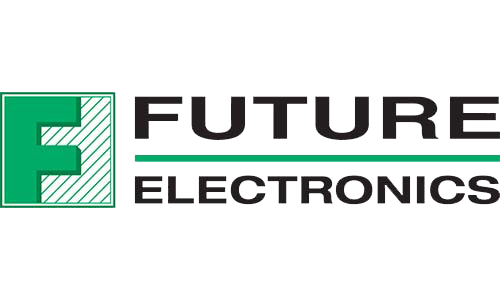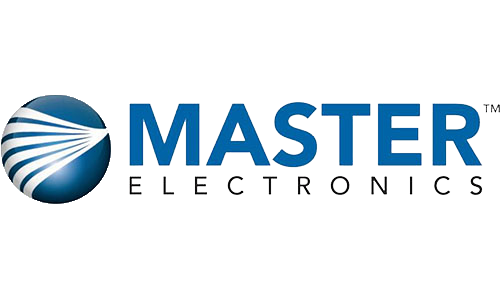Decades ago, car engine reliability was the central concern for car buyers. Certain brands even gained a reputation for producing ‘lemons’—sports cars that looked cool but had a hard time starting on a cold morning. In the 1970s, one joke was that a particular Italian car maker was actually an acronym, standing for “fix it again, Tony”.
Today, after long strides in the engineering of better engines, the difference between brands is perceived as negligible in respect to getting them to move. Most buyers trust a new car from any manufacturer will start and not break down on the side of the road.
The surprising key factor in car sales of the moment has nothing to do with what is under the hood. According to a recent industry survey, buyers are now swayed the most by interior ambient lighting.
This strong customer preference has automakers scrambling to give lighting a bigger, starring role in their designs. A proliferation of creativity for light features has swept the industry. One research study predicts vehicles will soon–once the engineering issues are overcome–evolve to incorporate hundreds or even thousands of LEDs.
We’ll review some of the new uses of lighting in vehicles and the developments in LED technology that will make new features possible.
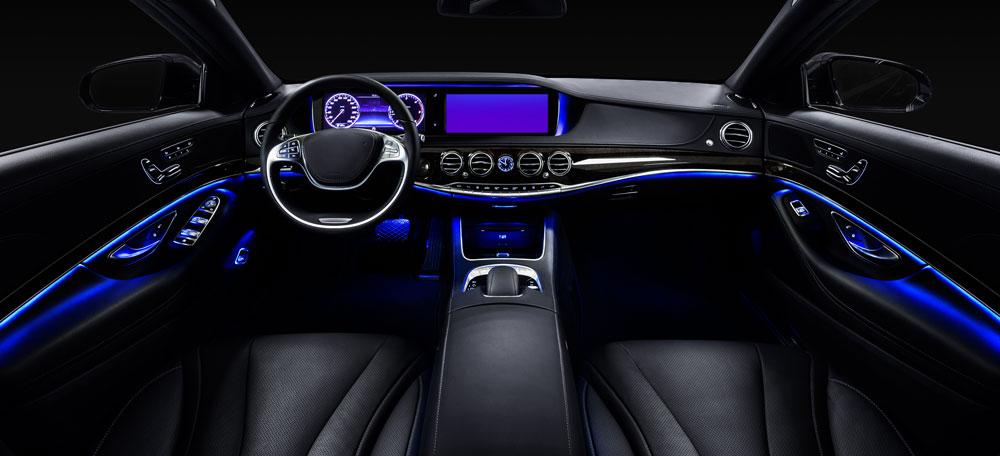
Why Ambient Lighting?
Why has illumination become the top factor in automotive design?
Perhaps because the interior environment makes drivers feel comfortable and connected to their cars, provides more amenity to passengers, or gives riders a greater sense of safety and control. Support for this reasoning can be seen in the latest trends in car features.
Appealing to aesthetic sensibilities, lighting has spread around all surfaces of the interior. This is now often accompanied by personalized options to adjust the color, brightness, and other ambient effects to suit the driver’s mood or personality.
This flexibility sometimes extends to other passengers through multi-zone lighting in some models, allowing each seat to change light according to activity. Lighting can be turned on in the footwells, door panels, overhead fixtures, and headrests.
Lastly, dynamic lighting combines aesthetic effects with the functions of driving. It can communicate what is happening outside as a safety feature. LEDs are already known for fast, bright, and responsive traffic signaling in the form of brake lights, headlights, turn signals, and daytime running lights that improve safety and visibility. These same actions can also trigger changes to interior cabin light or displays to better orient the driver.
Combined with autonomous driving systems, a sudden flash in the cockpit lights can warn the driver about cars in the blind spot or other roadway hazards. Head up displays (HUD) use LED projections on the windshield for more immediate communication.
Dynamic lighting can also automatically adjust the ambience according to the time of day or driving conditions, from warm light to cool light, perhaps. Or the cabin scheme might switch from blue to red when in sport mode.
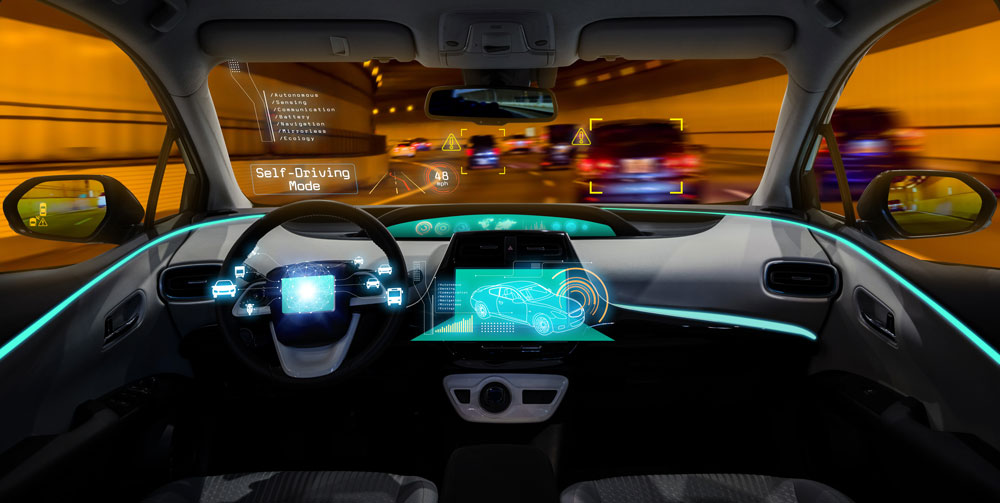
Recent Automotive LED Developments
Given that lighting features are expanding in response to demand, what are the implications for engineering? Why can’t a car have a thousand LEDs?
Partly the challenge lies in the fact that the original designers of the legacy electrical infrastructure did not foresee lighting becoming this popular. The result is a convoluted cabling network for both power and data, which makes it harder and harder to squeeze more devices behind the dashboard and door panels. This may be solved as carmakers migrate to a zonal architecture, allowing more compact and more agile control of peripheral electronics.
Besides electrical infrastructure, the other task is to improve the capabilities of LEDs themselves. Some new products are already being deployed in innovative designs.
RGB (with IC)
Many car manufacturers have committed to LED technology due to energy-efficiency and longevity. Standard LEDs come in almost any color, but this color is static. For the personalization and dynamic features car buyers demand, the RGB LEDs mix the three primary colors of light to produce any color of the spectrum.
Adjustable RGB hues are determined by an integrated circuit (IC) inside the LED, referred to as addressable RGB + IC. The IC allows the control of each individual pixel for infinite design patterns.
Creative Applications
The newest automotive trend is the integration of RGB + IC with advanced driver assistance systems (ADAS). The modules create dynamic and interactive lighting systems that can communicate with both the driver and other vehicles on the road.
Besides flashing a different color to warn of obstacles, the RGB LEDs with IC can also be used to indicate when the vehicle is in autonomous mode.
Some cars have employed RGB LED + IC to create a light show that pulses in time with the car’s turn signals or brake lights, creating a more immersive driving experience. This is achieved by another electronic control capability, to activate each RGB unit individually.
Addressable RGB LEDs typically come grouped in flexible or rigid light strips. Each light can operate with its own color and luminescence, much like pixels on a screen. This makes the dynamic and eye-catching displays appear to sweep across the car.
Some of these effects can also be functional. Strips along the windshield can subtly change their color temperature to match atmospheric temperatures, allowing the driver to monitor outside conditions more intuitively.
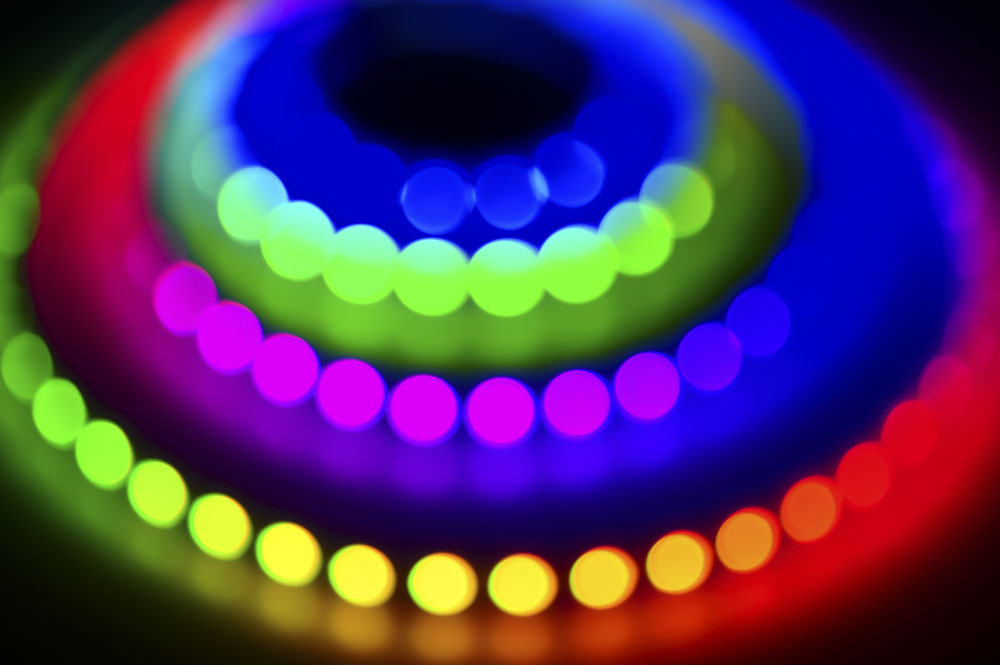
Drive Forward with American Bright
Advances in automotive interior lighting have resulted in tremendous creativity and innovation in vehicle design and has vastly improved control and comfort for drivers.
A global supplier of the latest in lighting components and an experienced manufacturer of assemblies including modules and light strips, American Bright has all the resources and expertise to develop customized dynamic lighting with optimized optical performance.
American Bright is proud to have recently gained AEC-Q102 qualification for its line of RGB + IC LEDs. With a IATF16949-certified manufacturing facility and UL recognized products, American Bright offers the assurance of quality for automotive clients.
Consult with an American Bright technical advisor about your idea to drive the industry forward




